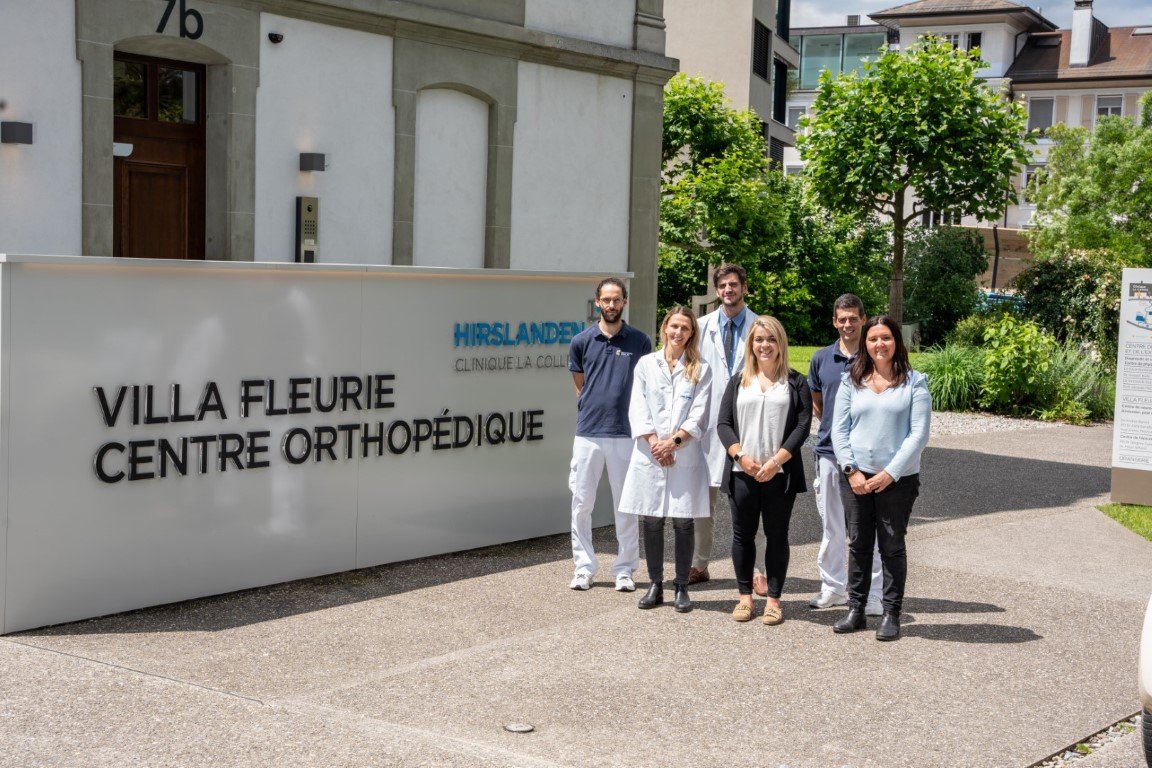Publication: Orthop Traumatol Surg Res. 2022 Sep;108(5):103188. doi: 10.1016/j.otsr.2021.103188. Epub 2021 Dec 17.
Co-authors: Gamulin A, Wuarin L, Zingg M, Belinga P, Cunningham G, Gonzalez A.
Abstract:
Background: Studies on the association of open tibia fractures and acute compartment syndrome (ACS) show confusing results, with some papers highlighting a positive association, and others failing to do so. The aim of this study was to determine if an open tibia fracture is at increased risk of ACS occurrence, when compared to a closed fracture.
Hypothesis: Skin injury in the setting of an open tibia fracture does not prevent from ACS occurrence, because the energy transmitted to the limb during trauma may lead to soft tissue lesions, including skin lacerations and ACS.
Patients and methods: In total, 711 consecutive adult patients (mean age 44.6 years; 65.8% males) sustaining 725 tibia fractures between 01.01.2005 and 31.12.2009 were included in this retrospective study. The outcome measure was ACS. The following variables were assessed: soft tissue condition, age, sex, low- vs. high-energy injury, type of fracture, associated contiguous skeletal injury. A logistic regression model was used and adjustment was performed for age and sex.
Results: ACS occurred in 10.4% of proximal intra-articular fractures, 10.4% of extra-articular fractures and 3.3% of distal intra-articular fractures, and in 8.7% of closed fractures, 7.8% of open Gustilo 1 fractures and 13.3% of open Gustilo 2 and 3 fractures. Open lesions were not associated with ACS when tibia fractures were considered as a whole. When stratifying by types of fractures, open Gustilo 2 and 3 lesions were associated with ACS in proximal intra-articular fractures (p=0.048). There was no association with closed or any type of open lesions for extra-articular fractures. There were not enough ACS cases among distal intra-articular fractures to draw conclusions.
Discussion: As ACS may occur with any type of open tibia fractures, clinicians should not be wrongly reassured by an open fracture, assuming that the wound would relieve the pressure inside the muscle compartments. There is a weak association between open Gustilo 2 and 3 lesions and ACS in proximal intra-articular fractures only. These findings are important for surgeons treating these injuries, especially by intubated, sedated or obtunded patients.
Level of evidence: III; retrospective diagnostic study.




